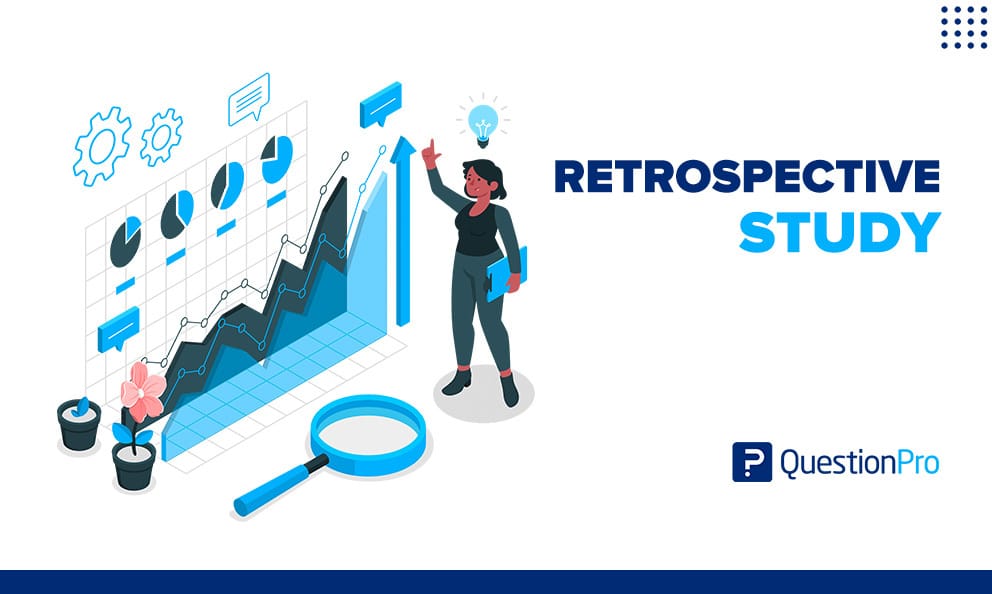
In a retrospective study, existing data are examined to identify risk factors for particular diseases. Interpretations are limited as it is impossible to go back in time and gather the missing information. Let’s talk about that.
What is a Retrospective Study?
A retrospective study is an analysis that compares two groups of individuals. A case group and a control group. Both groups are similar, but the case group has a key factor that is being studied or investigated that the control group does not.
It brings up key differences in individuals or groups of individuals based on some events/incidences. It’s a psychological approach to pinpoint key differences in individuals that are alike but differ slightly based on certain characteristics.
What is the importance of a Retrospective Study?
This study is greatly important in many aspects, be it personal development, socio-economic welfare, or professional development.
This study is also important to fixate certain characteristics within individuals by considering historical data and making rational decisions. In large organizations, this becomes very important because organizations deal with large groups of clients with almost (but not completely) alike behaviors.
This is the stage where retrospection comes into play to understand differences and similarities among clients and act accordingly.
Advantages and disadvantages of a Retrospective Study
Similar to other studies, there are benefits and drawbacks to retrospective studies. Researchers must critically evaluate the method that is used and carefully interpret the results of retrospective studies before putting them to practice.
Advantages:
- Researches have control of the number of participants in the case group and control group.
- Typically less expensive to conduct in comparison to other methods.
- Timeline of a retrospective study is quicker to complete
Disadvantages:
- Poor control over exposure factor
- If research is not thorough, there could be missing history/background and or information.
- If researchers are not careful, selection and recall bias can affect the results
How to conduct a Retrospective Study
There are certain ways to conduct a retrospective study. Most of them collect vast historical data and make sense of it statistically. Another way is by considering 2 groups with similar attributes and then conducting Surveys (That’s where QuestionPro shines!) to find out differing characteristics. In general, there are 2 parts to it:
-
Prospective Study
-
Retrospective Study
For the sake of this article, let’s just stick to the retrospective study. An organization can take many surveys and collect data from them. This data can then be processed to make important business decisions. This will help the organization understand its clients and help provide more viable products and services that would actually make a difference.
Retrospective Study Examples
These studies aim to study a situation, condition, event, or phenomenon that has already happened. This study is often used in the medical industry to study different medical conditions and illnesses. Using participants who have an existing condition compared to a group that does not have that particular condition.
Conclusion:
In conclusion, this study deals with enhancing minor differences amongst similar groups. These differences are brought up by studying and statistically sourcing historical data collected by various means. One such method to collect data and perform this study is by taking surveys.
QuestionPro has a rich arsenal of tools and products to bring the most out of such studies. These tools collect useful insights and help in procuring pinpoint differences within the most similar groups of individuals and further accelerating the study.
Authors: Siddharth Kulkarni & Jenny Huang







